$1.7 Trillion in Forgotten Retirement Funds: How to Claim Your Share
Over $1.7 trillion sits forgotten in old 401(k) accounts.
You could be sitting on thousands in forgotten retirement savings — and not even know it.
Here’s how to find, reclaim, and put it to work — before it’s too late.
Here’s how to find, reclaim, and put it to work — before it’s too late.
That's not pocket change — it's your future, sitting idle. And the longer it's forgotten, the less impact it has on your retirement goals.
Step 1: Identify the Type of Retirement Account
Start by asking yourself: What type of account could you have left behind?
- A 401(k) from a past employer?
- An old IRA you never rolled over?
- A pension from a previous job?
- A government plan, like the Thrift Savings Plan (TSP)?
Make a list of previous jobs and financial providers. Don’t overlook employers from 10, 20, or even 30 years ago.
Step 2: Search for Your Missing Retirement Funds
Use these trusted tools to begin your search:
| Tool | What It Does |
|---|---|
| MissingMoney.com | Searches state unclaimed property databases |
| National Association of Unclaimed Property Administrators | Connects you to official state unclaimed property sites |
| Pension Benefit Guarantee Corporation | Finds unclaimed pension benefits from closed companies |
| National Registry of Unclaimed Retirement Benefits | Searches for 401(k)s left with previous employers |
| DOL Abandoned Plan Search | Helps locate plans from companies that no longer exist |
Pro Tip: Search under former names or addresses, especially if you've moved or changed your name since leaving the job.
Interactive: Learn More About Each Account Type
Step 3: Understand What Happens to Forgotten Funds
Your money doesn’t disappear — but it often ends up out of sight. Here’s where it typically goes:
| Scenario | What Happens |
|---|---|
| Left a 401(k) behind | May be rolled into a "safe harbor IRA" by the employer |
| Account inactive for years | Could be deemed dormant and turned over to your state’s unclaimed property office |
| Employer closed | PBGC (Pension Benefit Guaranty Corporation) may take control |
| Old address or contact info | Financial institutions may classify you as “unreachable,” triggering escheatment to the state |
Step 4: Reclaim and Access the Funds
Once you’ve found your money, here’s how to get it back:
Work With the Right Entity:
Work With the Right Entity:
-
State Unclaimed Property Office:
- File a claim on the state treasury website
- Provide proof of identity and address history
- Claims may take 2–8 weeks
-
Financial Institution or IRA Custodian:
- Contact the firm directly
- You may need to update your contact info or sign a transfer form
-
Former Employer or Plan Administrator:
- HR or benefits teams can direct you to the plan administrator
- You’ll likely need to show employment verification
-
PBGC (for pensions):
- Submit a claim through the Missing Participants Program
- Provide your employment history and personal ID
Step 5: Decide What to Do With the Funds
Once you’ve reclaimed your funds, you have three primary options:
| Option | Description | What to Know |
|---|---|---|
| Roll over to a new IRA or 401(k) | Maintains tax-deferred status | No penalties if done as a direct rollover. Simplifies management. |
| Cash out | Receive funds directly | Subject to income tax and possibly a 10% early withdrawal penalty (if under age 59½) |
| Leave it where it is | Keep account at current custodian | Possible fees on dormant accounts; may lose track again |
Important: If you're 73 or older, you may be required to take Required Minimum Distributions (RMDs).
Step 6: Making the Most of Your Recovered Funds
Finding your forgotten retirement money is an exciting first step, but now it’s time to think about how to use those funds wisely.
Here’s why working with a financial advisor can make all the difference:
Here’s why working with a financial advisor can make all the difference:
- Personalized guidance: A financial advisor helps you understand how your recovered funds fit into your overall retirement plan and long-term goals.
- Tax-smart decisions: They can help you avoid costly tax mistakes, ensuring rollovers and withdrawals are handled properly.
- Simplified management: Advisors often recommend consolidating multiple accounts, so you’re not juggling dozens of statements.
- Compliance and timing: Advisors keep you on track with Required Minimum Distributions (RMDs) and help prevent penalties.
- Confidence and peace of mind: Knowing you have a plan and expert support takes a lot of stress out of financial decisions.
Even if you feel comfortable managing your own money, having a professional perspective can uncover opportunities and protect you from common pitfalls.





Thinking about a 401(k) loan? Learn how it works, the pros and cons, and what to consider before borrowing from your retirement savings.